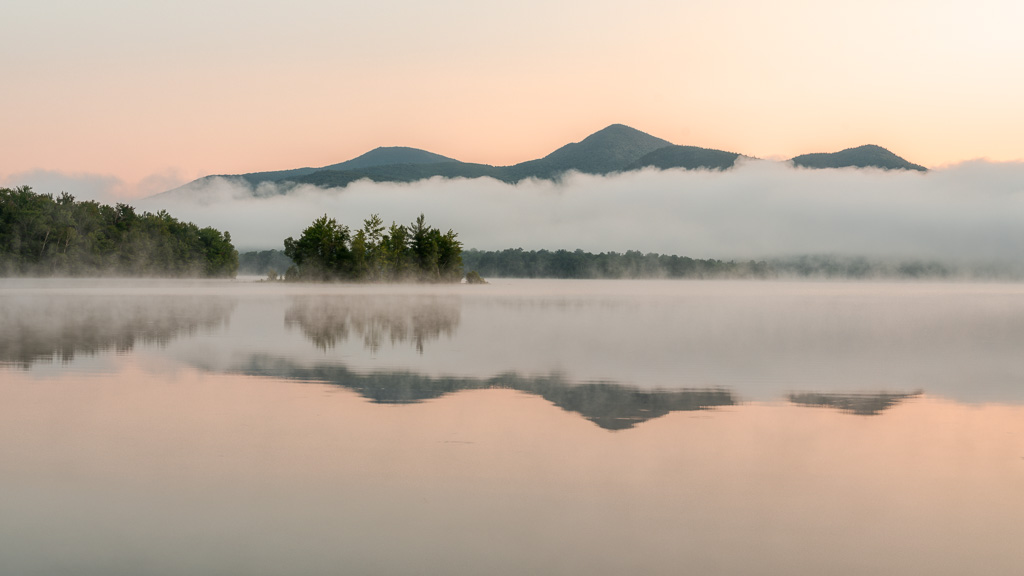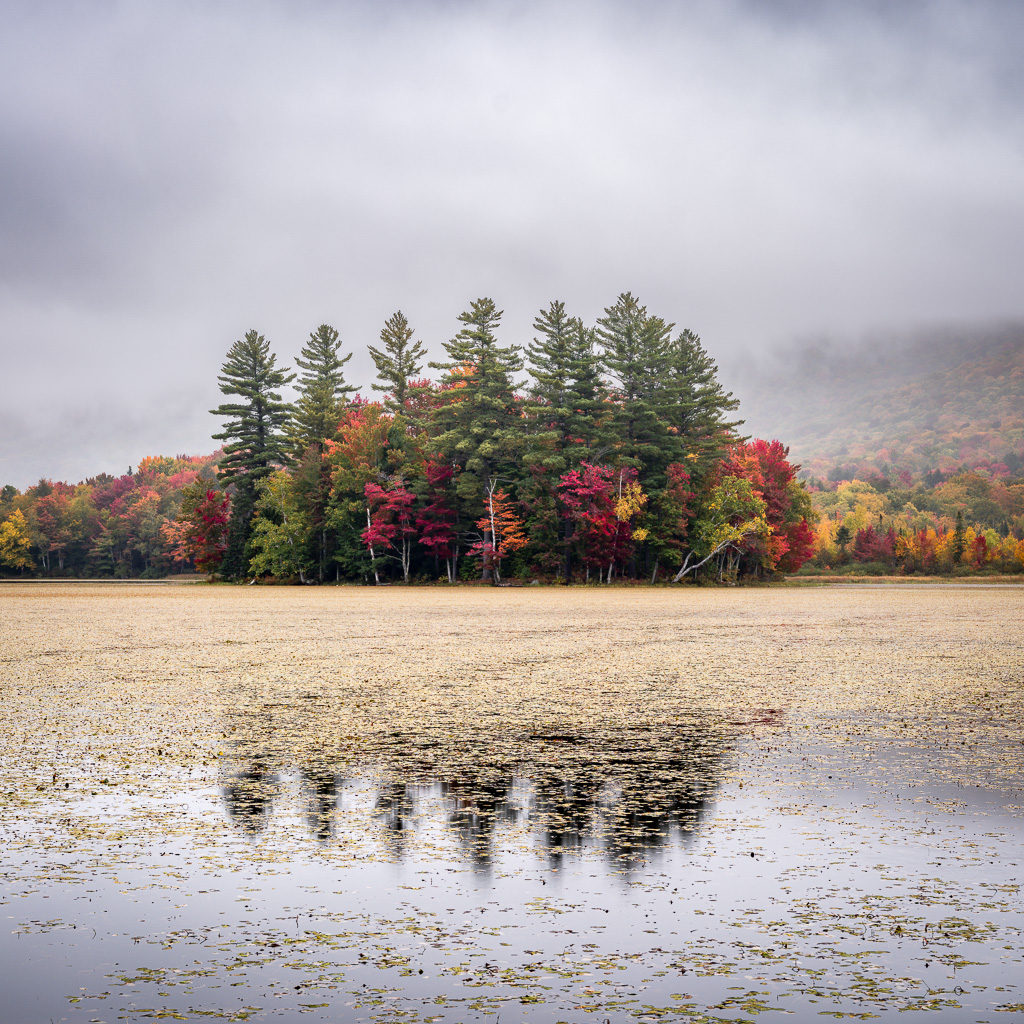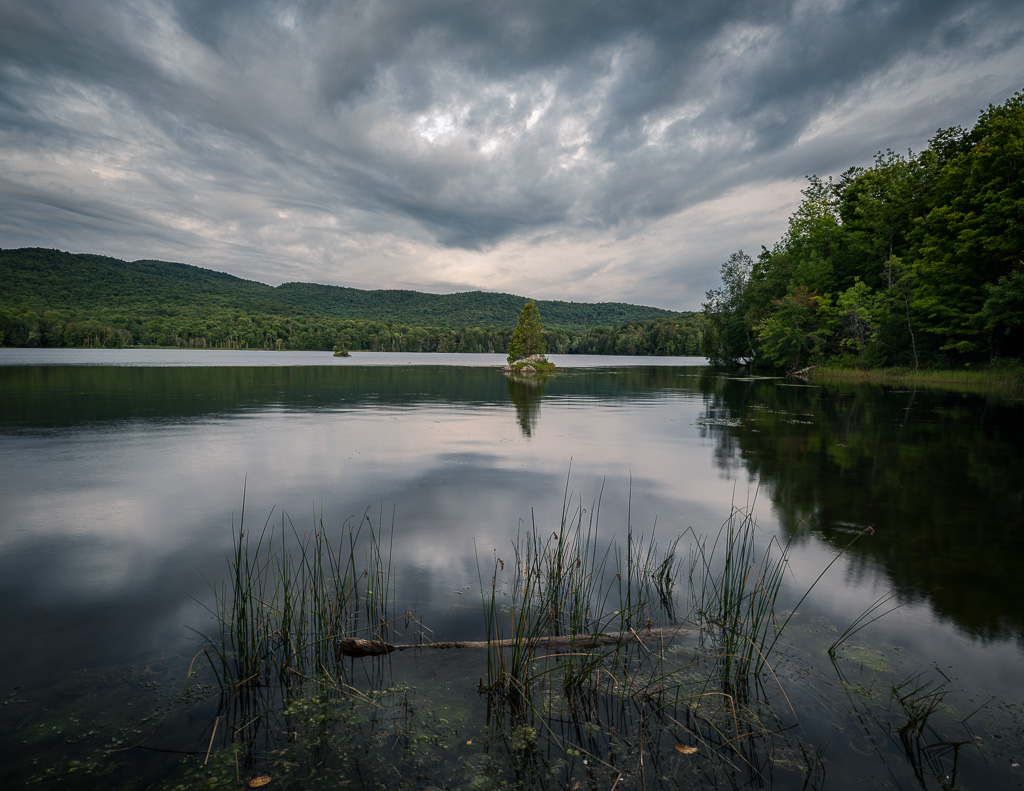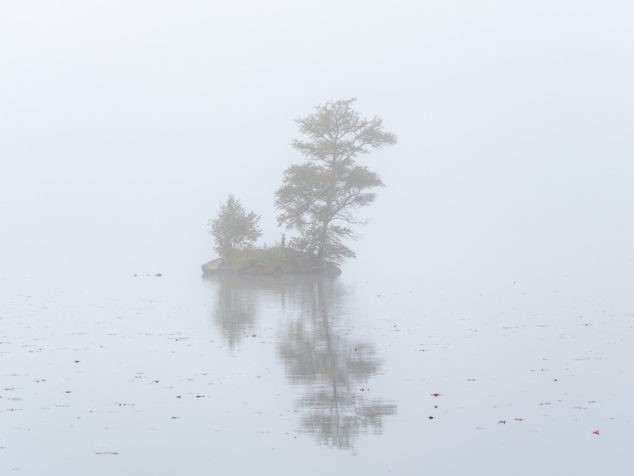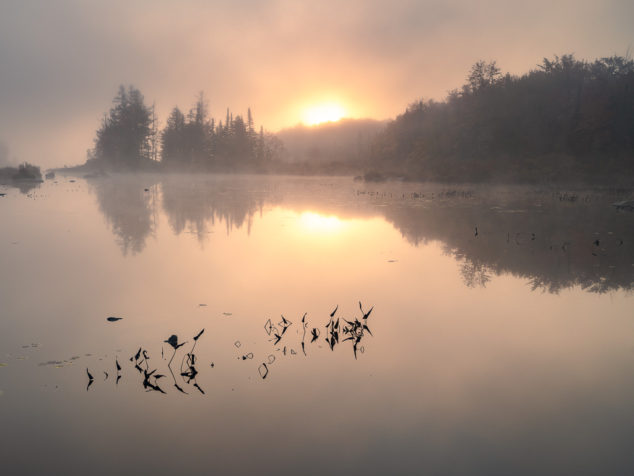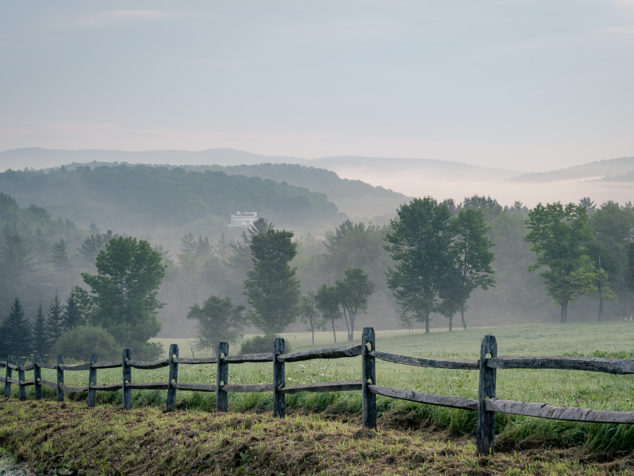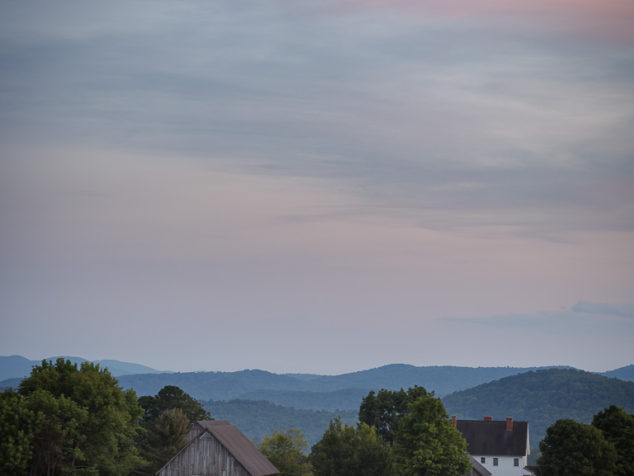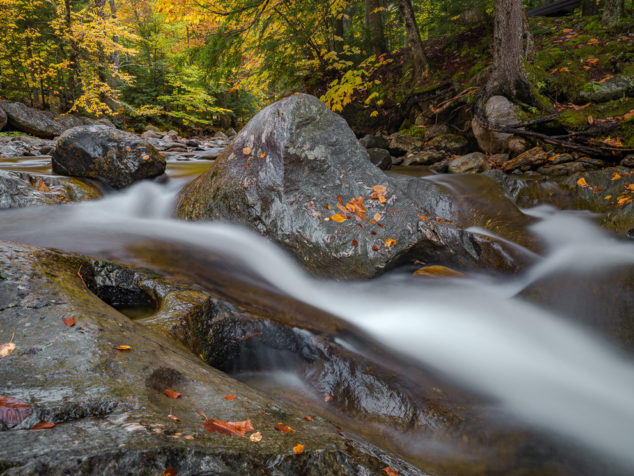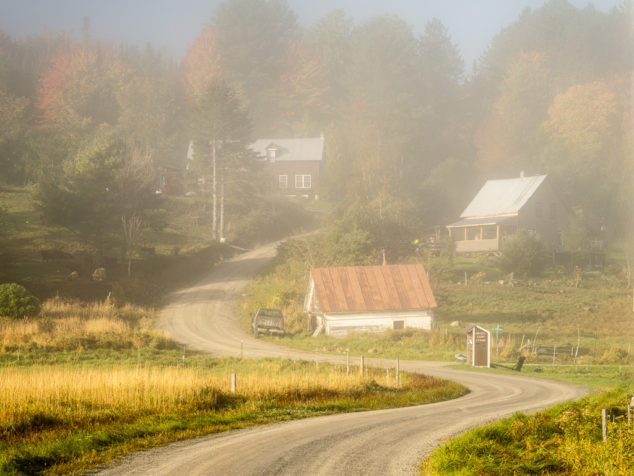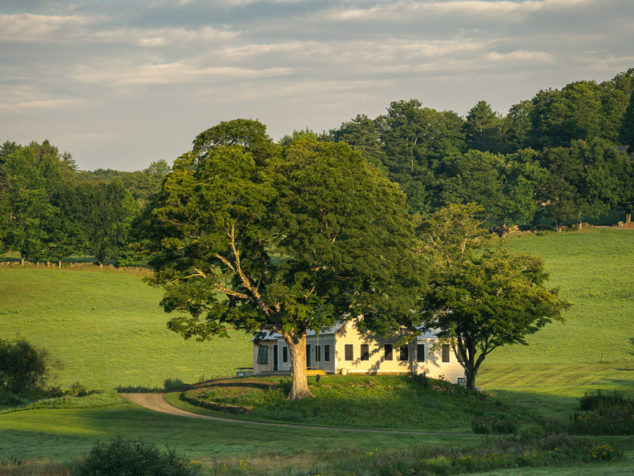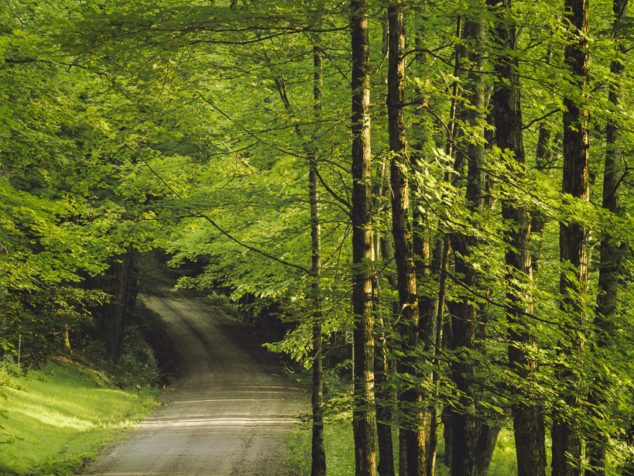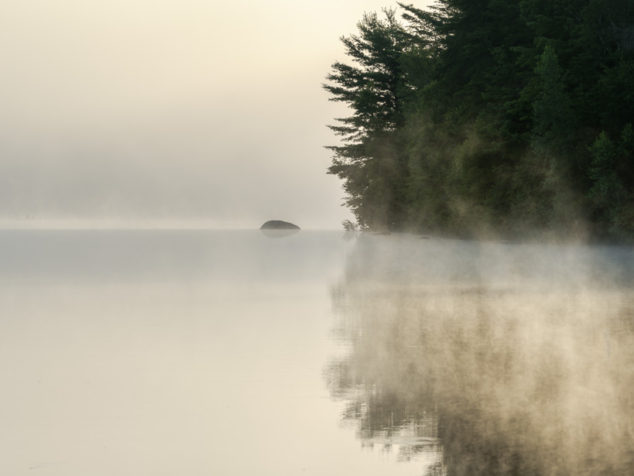Let me start this post with a disclaimer. I am well aware that new camera equipment does not automatically make you a better photographer, but it is more fun. I equate it to those that drive or collect nice cars. Buying a Maseratti does not make you a better driver, but it does make a trip to get some milk exciting. One could almost consider owning cameras as a separate hobby to taking photographs, the same way people collect cars, they don’t buy them to travel from point A to point B.
I have always been impressed by landscape photographs taken with medium format cameras. As far back as 40 years ago, every time I would leaf through a high-quality book of landscape photos, it seemed the images that most captivated were created with a medium format camera. They were also taken with great skill and technique as well, of course. These images had a depth of sharpness and impact that seemed more dynamic than those exposed with 35mm film. The Vermont landscape just looked better in those photos. While I always wanted to photograph with a medium format camera, that would not be possible all those years ago. There were too many obstacles. There were no affordable options for a hobbyist; the learning curve is steep, to name a few. It would have to remain a photography dream, and I would continue to be impressed with the work of professional photographers. That was until the Fujifilm digital options made medium format photography within reach of hobbyists and other non-professionals.
In 2017, Fujifilm introduced the GFX medium format digital camera; the first model was the 50S. A DSLR-sized camera body fitted with a 50-megapixel medium format sensor priced almost one-third of the existing medium format digital cameras on the market. Medium format film and digital sensors come in many sizes – there is no standard size for medium format. The Fujifilm GFX sensor is big enough to fit the medium format definition. The camera’s small size combined with Fujifilm’s image quality and excellent lens selection made this new camera line an instant hit. Fujifilm has introduced other GFX bodies since, each getting better than the last, including the GFX 100 with an impressive pixel count of 102. Then in early 2021, Fujifilm released an updated and remodeled GFX 100 and gave it the additional small “s” after the name. The GFX 100s is no minor update. It kept all the great things about the 100, including the 102 MP, added features, and reduced size. The 100s is the camera body that got my attention and, eventually, my money.
The camera body was indeed the size of my Nikon D850 DSLR and fit everywhere that camera fit. The lenses are a little different; they are big and heavy compared to most DSLR lenses. That’s not a deal-breaker because the camera offers so much in many other areas. In mid-2021, I decided to sell most of my Fujifilm X cameras and lenses and invest in the GFX system. My initial purchase would be the camera body and two lenses. I had to spend some time deciding which two lenses would make the most sense for me. As a landscape photographer only, I am looking to cover as much of the total focal length spectrum as possible using only two lenses. Fujifilm lens lineup is somewhat limited; the future lens roadmap is starting to fill out. A couple of new lenses have been introduced since my purchase. Third-party lens options are minimal, but that is also beginning to change. I quickly made my choice since I had always been running options in the back of my head for months before my actual purchase. My choice was the 32 – 64 mm f4 mid-range zoom and the 100 -200mm f5.6 telephoto zoom. Both lenses offer weather protection, an aperture ring, and excellent user reviews. Combined, they cover the focal length from 32mm to 200mm without taking up most of my camera bag. The full-frame equivalency for this size medium format sensor is .79, meaning that my actual full-frame field of view is 25mm to 158mm with a gap between 50mm and 80mm; I can live with that. I made my purchase at Hunt’s Photo, and they had each item in stock which is a big deal since there was a long wait for the 100s camera body at most retailers. Hunt’s even reduced the price of each item, so I was able to pay less than MSRP on each, and Fujifilm offered a $500 Visa gift card with the purchase of the 32 – 64mm lens. Those savings, along with my recent equipment sale, meant my outlay was within an acceptable range.
Using the GFX system was intuitive and straightforward for me. I have been using the Fujifilm X series cameras for years, and the menu design on the GFX closely resembles the X cameras. That sharply reduced my learning curve. The camera is very responsive. The autofocus worked well for my subject matter, and the image quality from the sensor and lens was excellent. I generally use this camera for photo trips taken by car; this way, the size and weight of the equipment are less of a problem. I can see how traveling by air with two camera bodies and three lenses could be difficult because of the size and weight. Plus, I don’t have a second camera body, and when traveling far by air, you generally want a backup camera body. It is easier to use my Nikon Z mirrorless cameras when traveling by air. They take up less space and weight.
Medium format photography does take some time to get used to using. You must grow accustomed to and remember some issues when in the field. Depth of field is much shallower with a larger sensor camera. F11 on a medium format camera is not the same as f11 on a full-frame camera. It is more shallow, so I often use F13 or 14 on the GFX. You may need to focus stack more if you need a considerable depth of field range with your landscape images. Sharpness is also an issue; it’s not because of any design or quality shortfall, actually just the opposite. The optics are excellent, and if you are recording 102 megapixels with every shutter release, you can not have any camera movement, not even a slight amount. I learned this very early; you have to up your camera stability game. Good sturdy tripods in low light are a must. I am always photographing landscapes which means the camera is always out in the elements, and mother nature adds to your camera stability issues. The camera produces large RAW files, so plan on buying large hard drives if you usually take a lot of exposures in the field. Finally, I find it beneficial to treat this camera like a film camera. With film, it costs you money every time you press the shutter because of development and printing costs. Film photography forced you to slow down and record only those images that you found most striking. The same applies to the GFX camera; the large files and the time and cost make it beneficial to slow down and think about what you want to photograph. The camera has dual SDHC card slots, and you certainly do not want to skimp there either. One pleasant option is to execute large crops and still have a high megapixel image to print. One feature that often goes under-reported about this camera is its video capabilities. It is a powerful video camera with plenty of features, but I will not get into it in detail since that is not what I do.
This camera is not for everyone; if you can get past the cost of the camera and lenses, you still have other considerations. This system is an excellent choice for landscape and studio work. It is not the best choice for wildlife or sports, in my opinion. The lens selection at the moment does not favor the run and gun type photography needed on the sports field or safari excursion. If they eventually produce those types of lenses, they will be cumbersome and costly. The jury is still out on street photography. Fujifilm does make some small and light primes and a couple of very compact zooms, but the system itself might be too large. Street photographers like to go unnoticed and blend in with their surroundings. When you hold a GFX camera up to your eye and point it in someone’s direction, they will take notice.
In closing, if Landscape photography (or studio work) is your thing and you are looking to take your files to the next level, the GFX system is a good choice. It’s expensive but not out of reach like some other medium format options from other manufacturers.
